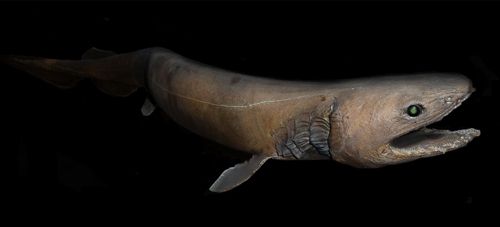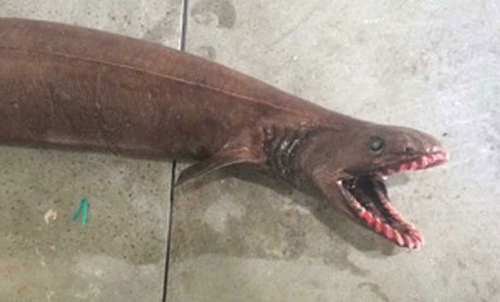The Fried Shark: A Marvel of the Deep Ocean
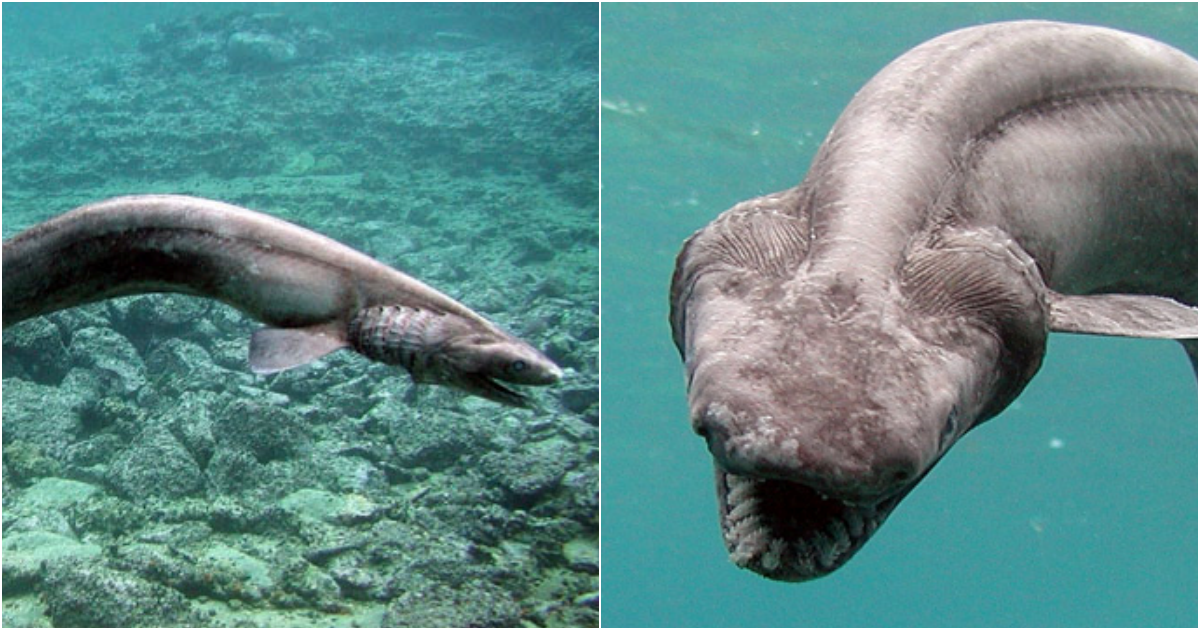
In the depths of the vast and mysterious ocean lies a world of wonder waiting to be discovered. Among the fascinating and unique creatures that inhabit this realm, the Frilled Shark (also known as the frilled shark) has captivated the attention of scientists and nature enthusiasts alike. This species not only possesses distinctive physical characteristics but also harbors astonishing marvels within its very existence.
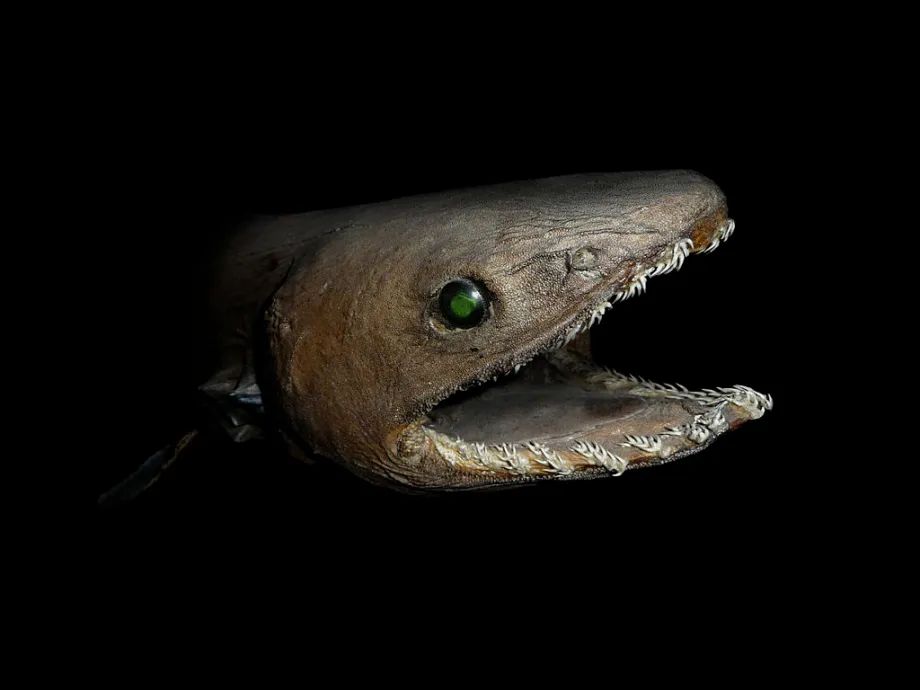
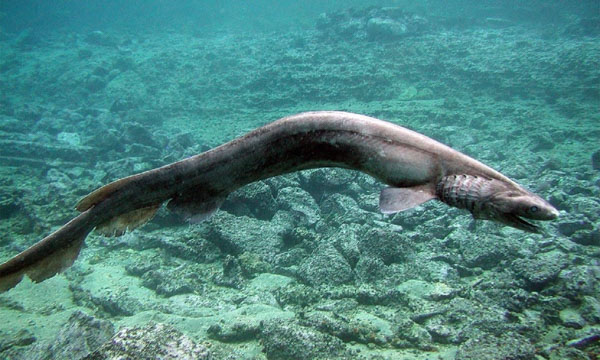 Another notable feature of the Frilled Shark is its peculiar jaw structure. It possesses rows of sharp, needle-like teeth that curve backward. This adaptation allows them to firmly grasp onto prey, preventing it from escaping their grasp. The shark’s teeth are also capable of folding back, creating an effective trapping mechanism to secure their prey within their mouth.
Another notable feature of the Frilled Shark is its peculiar jaw structure. It possesses rows of sharp, needle-like teeth that curve backward. This adaptation allows them to firmly grasp onto prey, preventing it from escaping their grasp. The shark’s teeth are also capable of folding back, creating an effective trapping mechanism to secure their prey within their mouth. 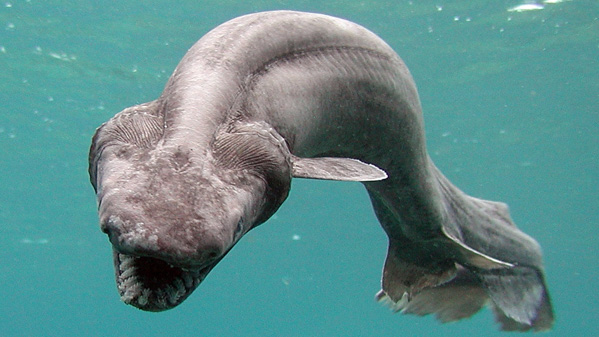 The Frilled Shark primarily inhabits deep and cold waters such as the North Atlantic, Pacific, and Indian Oceans. It thrives in the dimly lit and abyssal environment, residing at depths ranging from 200 to 1,500 meters. Thanks to its unique jaw and fringed gills, it exhibits efficient hunting capabilities in the ocean floor, preying on small fish, worms, and other benthic organisms.
The Frilled Shark primarily inhabits deep and cold waters such as the North Atlantic, Pacific, and Indian Oceans. It thrives in the dimly lit and abyssal environment, residing at depths ranging from 200 to 1,500 meters. Thanks to its unique jaw and fringed gills, it exhibits efficient hunting capabilities in the ocean floor, preying on small fish, worms, and other benthic organisms. 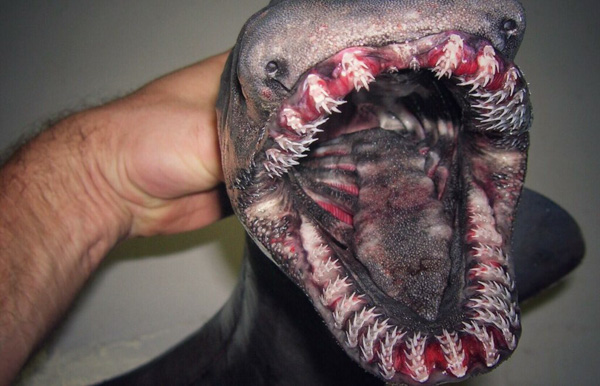 Despite its existence for millions of years, the Frilled Shark remains relatively understudied due to the challenging accessibility of its habitat and its distinct anatomical features. Gaining a deeper understanding of this species could shed light on the remarkable adaptations and evolutionary history of deep-sea organisms. Furthermore, it serves as a reminder of the vast mysteries that still lie beneath the ocean’s surface, fueling our curiosity to explore and preserve the wonders of our planet’s most remote and enchanting realms.
Despite its existence for millions of years, the Frilled Shark remains relatively understudied due to the challenging accessibility of its habitat and its distinct anatomical features. Gaining a deeper understanding of this species could shed light on the remarkable adaptations and evolutionary history of deep-sea organisms. Furthermore, it serves as a reminder of the vast mysteries that still lie beneath the ocean’s surface, fueling our curiosity to explore and preserve the wonders of our planet’s most remote and enchanting realms. 